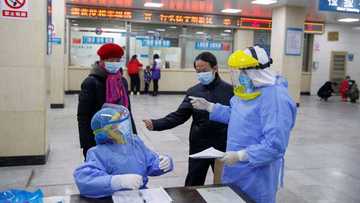How to know your genotype without blood test? All the details
In the last century, the psychological test was in trend, in the present - genotype test. If you can read information from DNA, you can learn a lot of interesting things about your ancestors, features of physiology and even character traits. Knowing your genetic characteristics, it is easier to detect the disease at an early stage or to protect yourself from it.

This article covers the following aspects of the topic:
- Overview
- Types of genotype
- Blood group and genotype
- AS genotype symptoms
- AC genotype symptoms
- SC genotype crisis
- Procedure: to spit in a test tube
- Genotype results
- Nationality and ancestors
- Genotype social network
Go ahead and learn how to know your genotype without blood test.
1. Overview
For this, there is no need to decode the entire genome, especially since it is the same for all of them. We only need snippets - rare parts of DNA that can be different, making, for example, some blondes, other brunettes, and third red. Geneticists know about 10 million snaps, that is, 10 million places on DNA, where point mutations occur - differences in the genetic programs of different people by one nucleotide, one letter of the genetic code. Today medics may be interested only in a few hundred snippets, about the impact of which there is more or less verified information.
2. Types of genotype
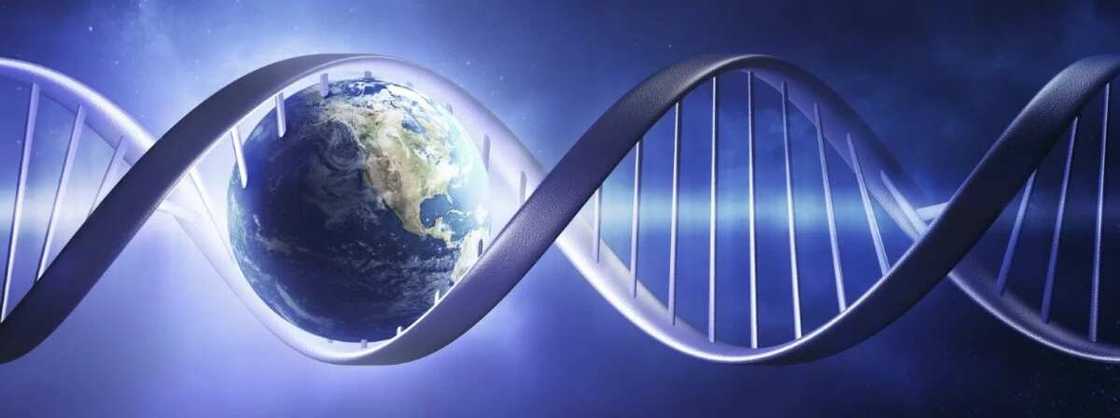
The genotype (from the Greek word Genos - genus and typos - imprint, sample, type) is the aggregate of all genes of the cell (organism) localized in the nucleus (chromosomes) or in different replicating structures of the cytoplasm (mitochondria, plastids, plasmids, etc.). In a narrow sense, the term genotype is used to refer to those genes whose inheritance is studied in this case, for example, genotype Ac or genotype Aa.
Even in the organisms with the same system of genotype, (in case developing them in different external conditions) sharply distinctive features may appear, that is, the type of the genotype is characterized by the rate of reaction - the limits of the variability of the trait. The norm of the reaction arises in response to any fluctuations in the environment where the development of the organism takes place.
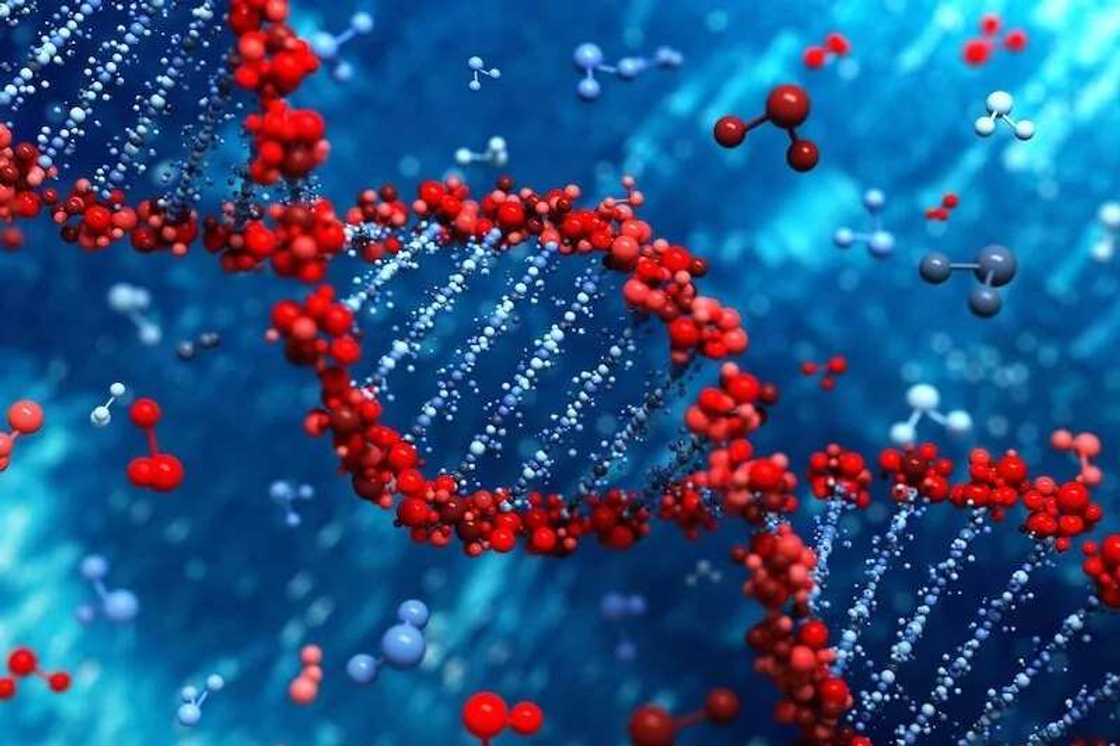
A genotype is an integral system, all of whose genes interact with each other, affect each other and form a certain phenotype.
Therefore, the manifestation of each gene depends on its genotypic environment. Genes in the genotype by type of interaction can be:
- Epistatic - to suppress the action of other non-allelic genes;
- Hypostatic - those that are suppressed by the genes of another allelic couple;
- Pleiotropic genes – they can affect the manifestation of several symptoms simultaneously;
- Fatal genes - those that reduce the viability of the embryo, even to his death;
- Sublethal genes - significantly reduce the viability of the individual, cause death before the beginning of the reproductive period;
- Modifiers - those that alter the manifestation of other (other) genes;
- Mutators - such that dramatically change some signs of the body and the preferences of the person.
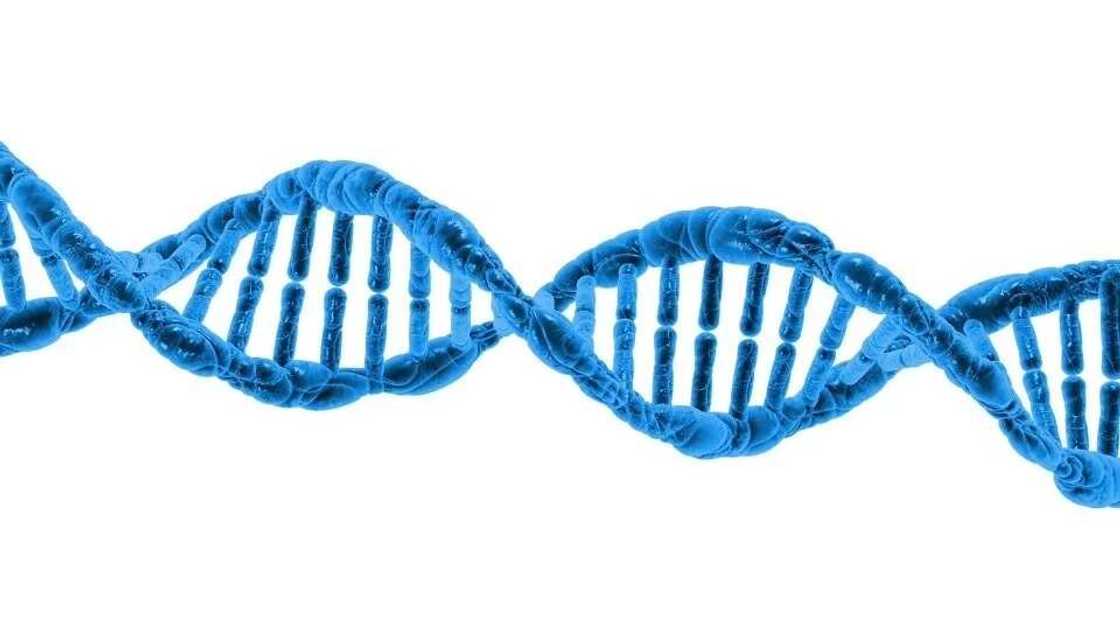
READ ALSO: Moringa weight loss benefits you should know
Every day more and more knowledge about types of genotype in human beings is experiencing by scientists, so they even do not have time to comprehend new information. But it is already clear that soon genetic testing will become a routine mass procedure, the most important link in personalized medicine of the near future. Looking at the patient's genetic map, the doctor will prescribe him a treatment taking into account the characteristics of his body, including individual responses to different medications.
So far, however, it is difficult to find such doctors in Nigeria. But you can do something yourself. For example, take an example from the American geneticist Michael Snyder, who, after discovering predisposition to diabetes in his genome, began to monitor the blood sugar level, changed diet, and lifestyle. Or from a well-known journalist who decided to undergo a surgery to remove her breast, having learned from the genetic test that with a probability of 87% she will have a dangerous breast cancer, from which her mother and grandmother have already died.
3. Blood group and genotype
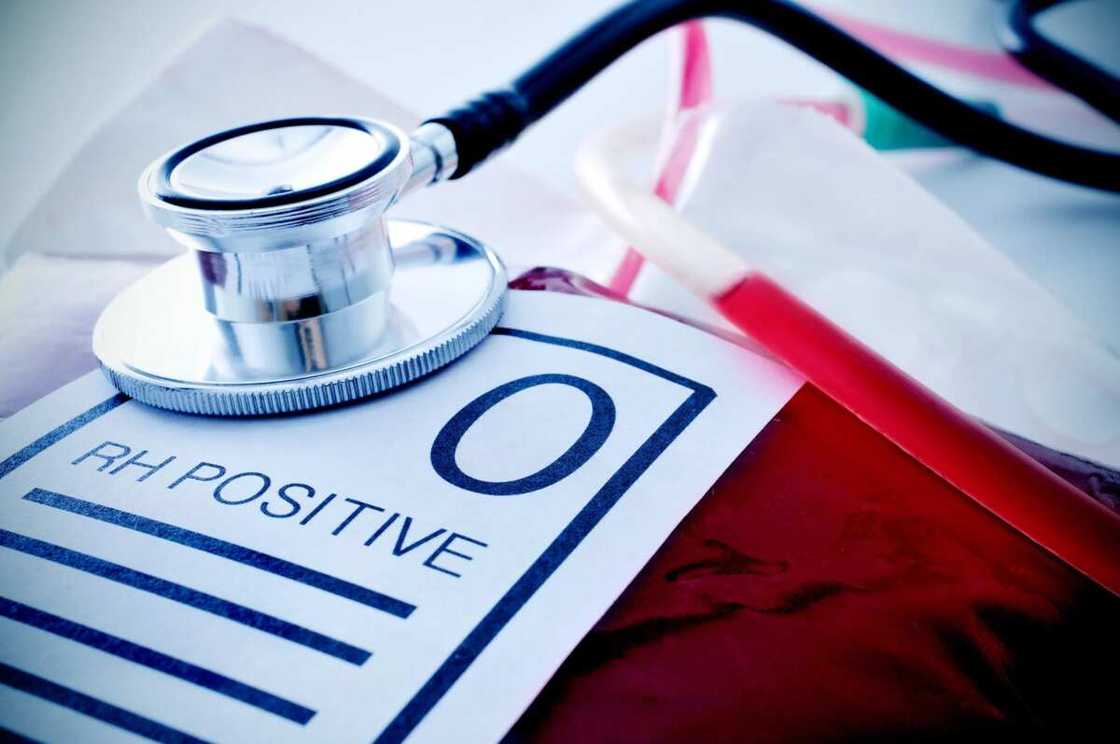
There are 3 main groups of genotype which are:
- AA (Normal);
- AS (Carrier),
- SS (Sickler).
All the others include SC AND CC. For example, AC genotype and SC genotype.
Our blood is made of different cells suspended in plasma. So the red blood cells are the main focus in learning genotype as they contain within them hemoglobin, a substance which helps to transport the oxygen to our tissues.
Hemoglobinopathy is a serious genetic disorder, which is caused by abnormal polypeptide chains of hemoglobin. There are a few types of the hemoglobinopathies.
4. AS genotype symptoms
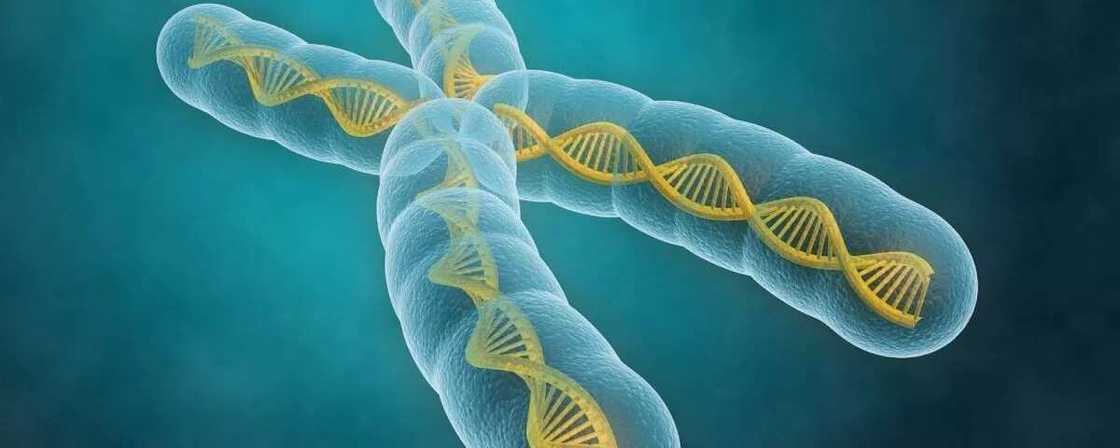
It is always found in sickle cell anemia. In this case, the alpha chains are considered normal and the beta chains are abnormal. The sickle-cell disease happens when the sixth amino acid, glutamate, becomes replaced by valine to change its structure and functioning in general. Valine is hydrophobic, it causes the hemoglobin to collapse on itself occasionally. When enough hemoglobin collapses on itself the red blood cells become sickle-shaped.

Read also
REPORT: How COVID-19 increased child labour in Lagos state (parents, children share experiences)
5. AC genotype symptoms
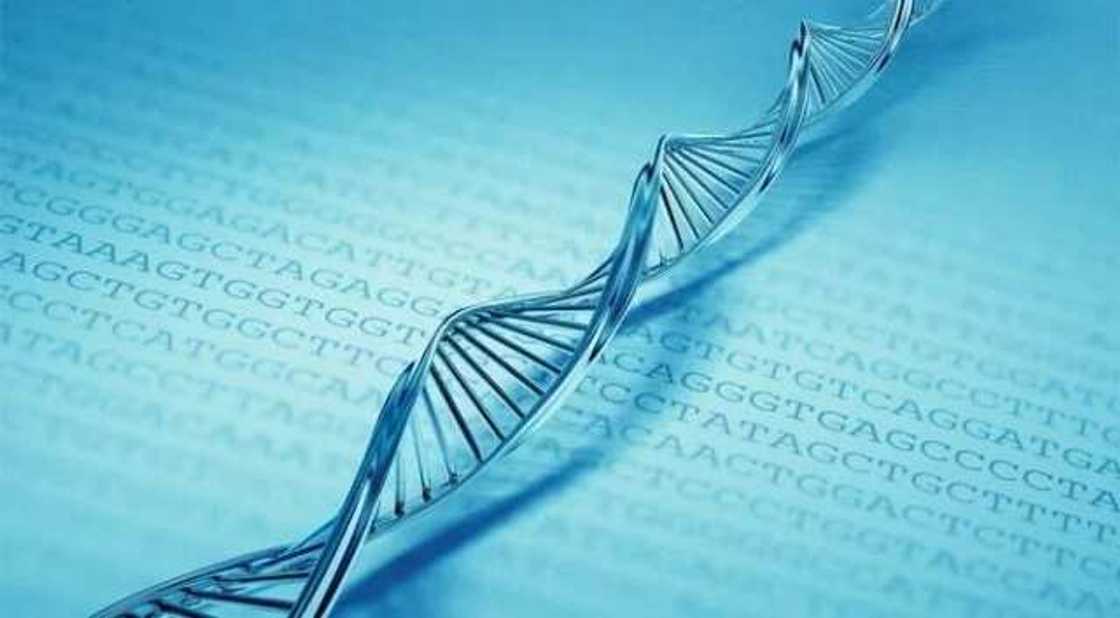
Hemoglobin C trait results when the gene for hemoglobin C is inherited from one parent (mother or father) and the gene for hemoglobin A from the other. So this carrier state does not often result in health problems, however, there may be a slightly low Mean Corpuscular Volume and target cells.
6. SC genotype crisis
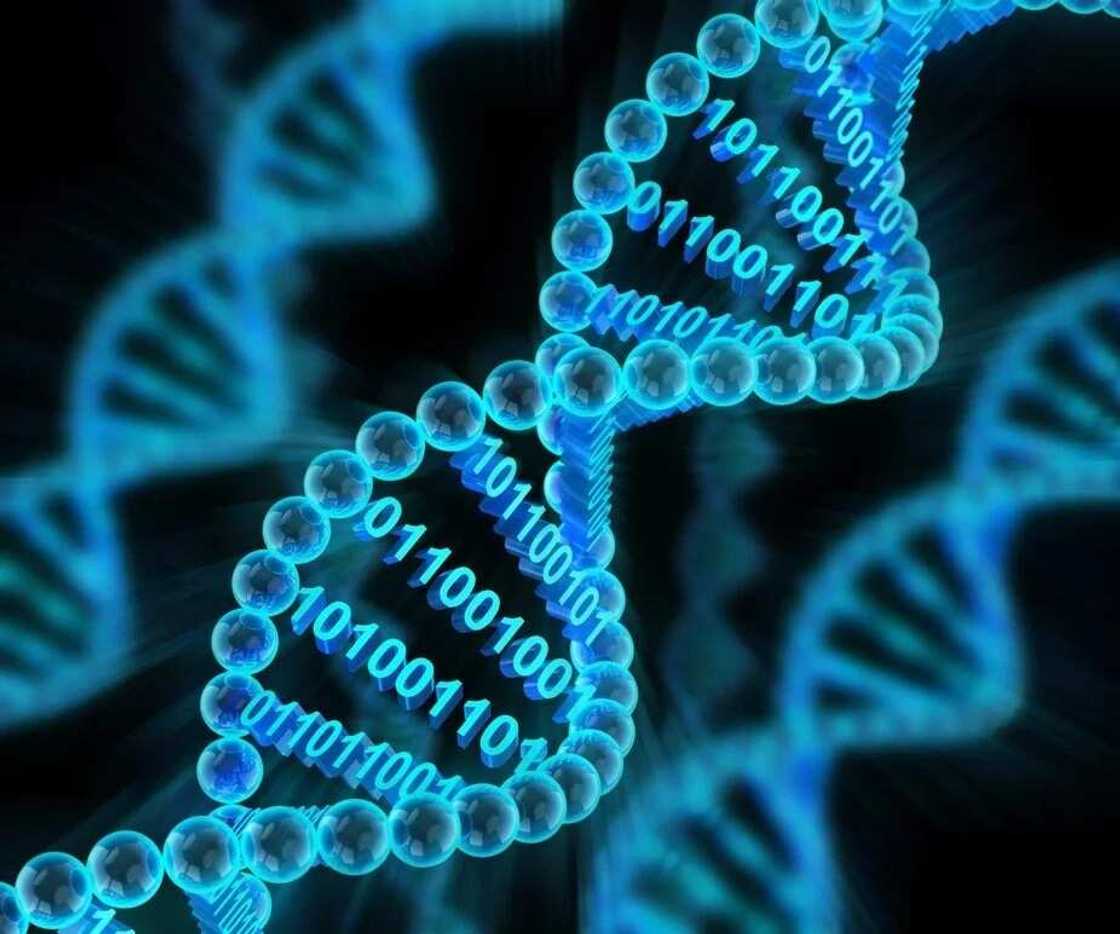
Hemoglobin SC disease is a serious hemoglobinopathy, whcih causes different symptoms that are similar to those of sickle cell disease, but a bit milder. Because 10% of blacks carry the Hb S trait, the heterozygous SC combination is more common than homozygous Hb C disease. The anemia in Hb SC disease is milder than the anemia in sickle cell disease; some patients even can have normal Hb levels. Most symptoms are those of sickle cell disease, but symptoms are usually less frequent and less severe. However, retinal hemorrhages and gross hematuria, aseptic necrosis of the femoral head are also common.
7. Procedure: to spit in a test tube
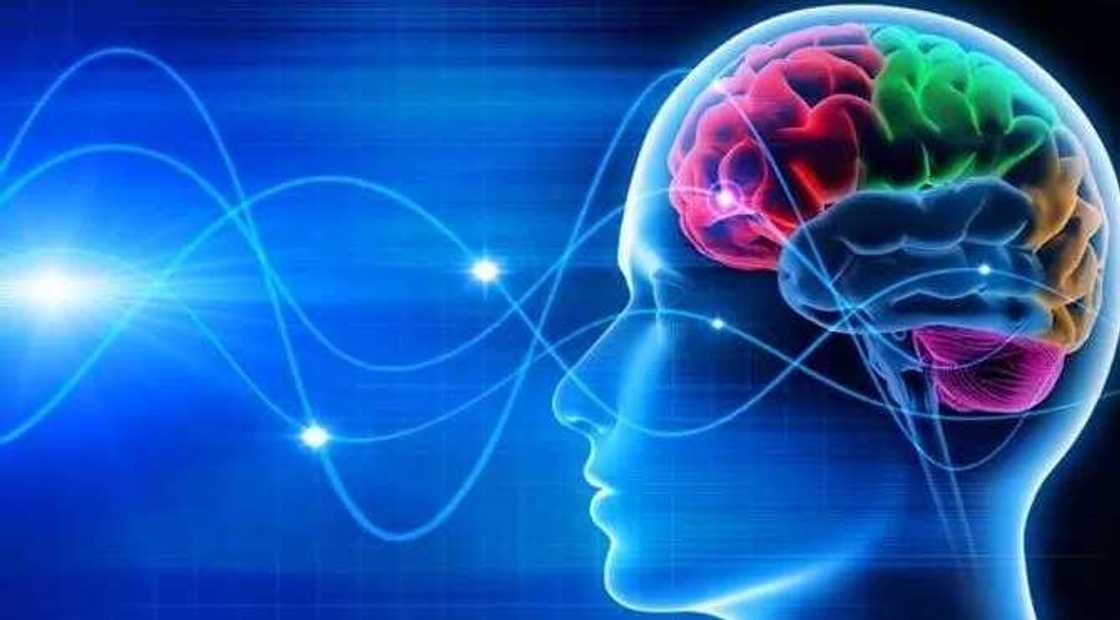
So would you like to find out where to donate DNA for analysis? There is the site of the California company 23andMe, which promises an exciting journey into the world of your genes. This is the most popular project, created with the money of the head of Google Sergey Brin and his wife Anna Vojitski. Time Magazine recognized 23andMe as the best invention of 2008 (the Large Hadron Collider was awarded only the second place).
The name hints at 23 chromosomes containing all the genetic information. In fact, in exchange for a test tube with saliva, the client is provided with data about 200 snippets - 200 letters of 60 billion, which make up 23 volumes of the personal genetic book.
In 2008, genetic testing cost 999 dollars. In 2012 it was $249. Now it is $ 99 and for the premium test $199.

But everything turned out to be not so simple because abroad, there are laws in different countries that forbid sending saliva of citizens across the border, as well as their urine, feces, blood and other biomaterials of strategic importance. In Nigeria, too, there are several laboratories offering genetic testing, but for the much more expensive price.
But if you’ve decided to use the American company to find out your genotype, then you have to spit in a test tube (it's not easy: there's a lot needed) send your saliva and a month later on the site 23andMe you get the test results.
A set that 23andMe is sent by mail to those wishing to undergo genetic testing. In the box - instructions and a test tube for saliva. It is necessary to spit to fill the whole test tube, in the instructions for the strengthened salivation it is recommended to rub your cheeks for 30 seconds. Having done the job, you need to close the test tube and send it back to 23andMe.
8. Genotype results
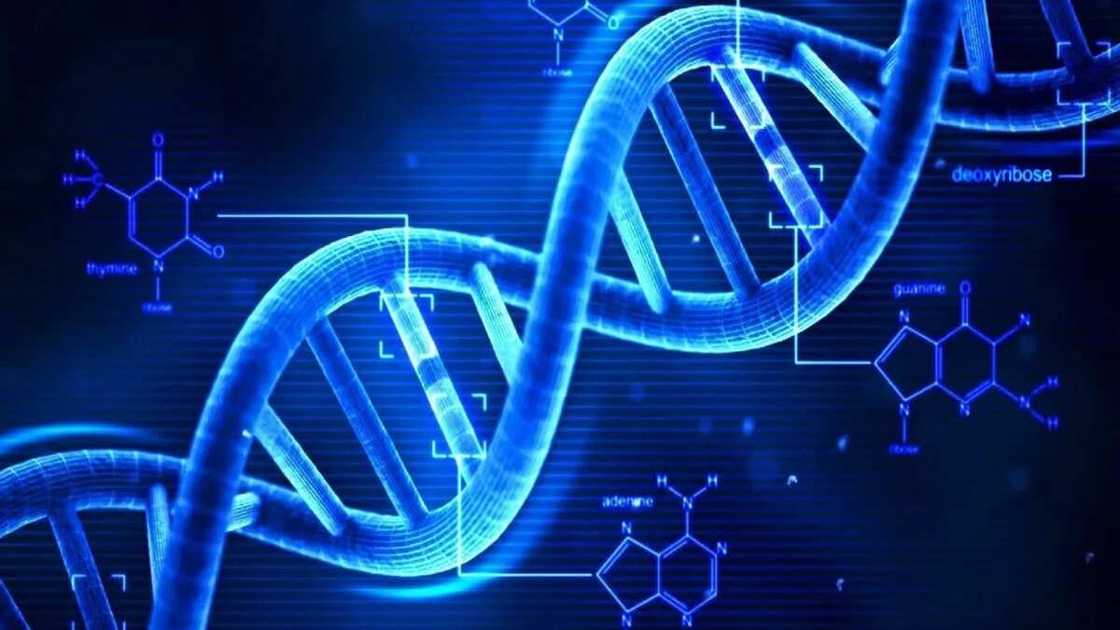
It is assumed that the client, first of all, rushes into the section on diseases. Not everyone, of course, will want to know what he will die from, and the company will meet half-hearted customers: information on some of the most terrible diseases can be traced only by confirming one's determination and reading different warnings that this is not a verdict.
After reading about your predisposition to illness, you may feel disappointed: you may not recognize anything special. The most terrible thing, for example, may be the risk of venous thromboembolism. However, in this section, the lack of news is the best news.
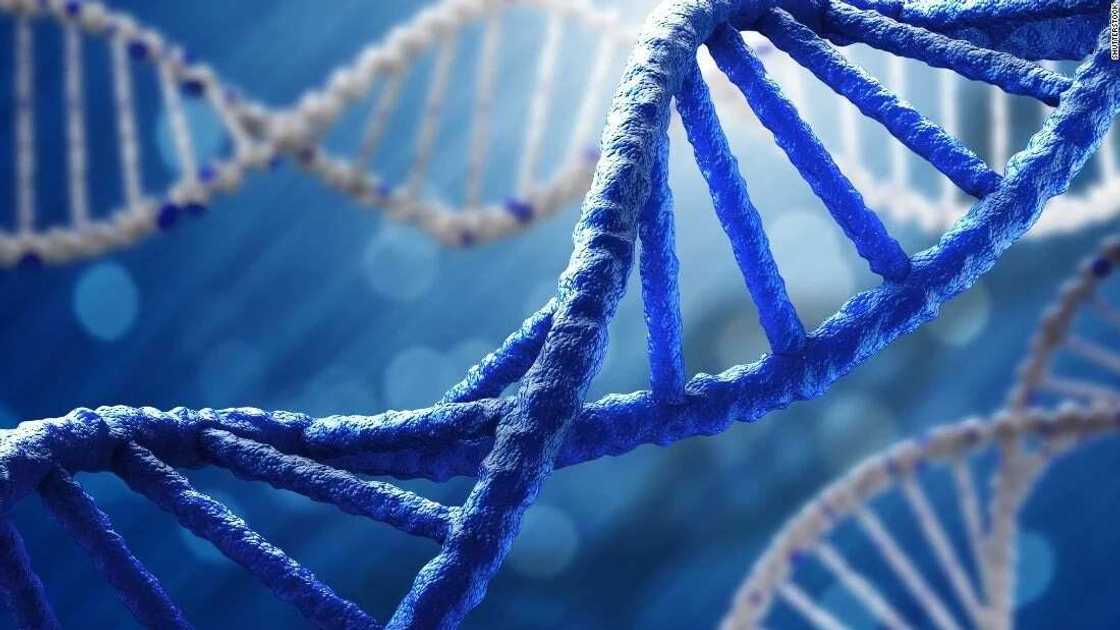
In addition, you can learn about your increased sensitivity to a couple of pills, and also that you are not a carrier of several dozen bad genes of various little-known diseases like the Mediterranean fever.
In general, the good news may be that your genes are not disappointed, and the bad news is that you do not find any essential information that you can use to benefit your health. It is not surprising: hundreds of thousands of genes affect the likelihood of many diseases, besides, we know very little about the mechanisms of this influence. A bit more curious may be the section on genetically inherited traits: among other things, you may learn that you do not blush with alcohol, absorb the milk, not prone to baldness and you have the muscles of a sprinter, not a marathon runner.
9. Nationality and ancestors
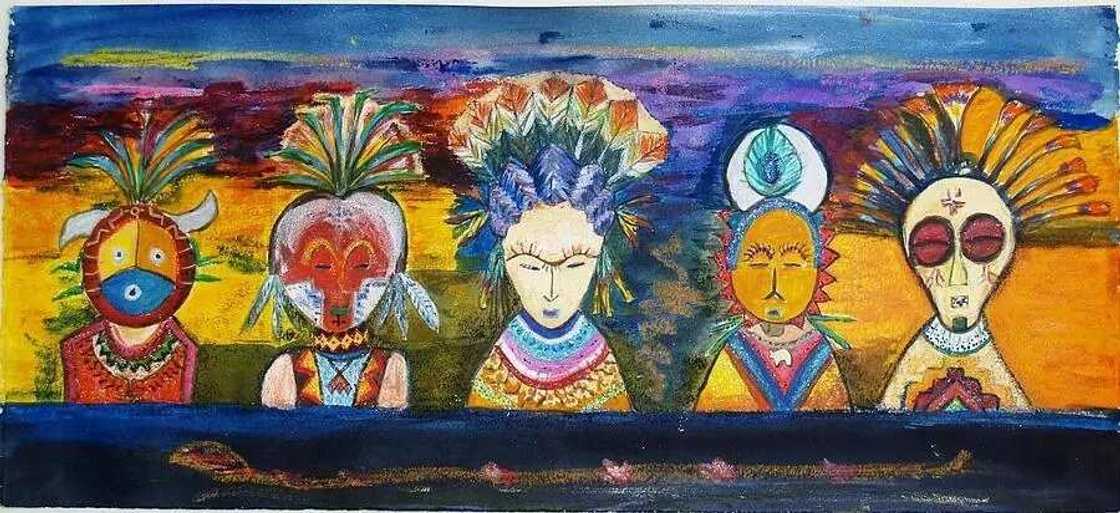
You may also learn about your ancestors. You can learn a lot of interesting things about your ancestors, even your share of Neanderthal genes.
To be measured by genes is one of the main attractions of the service visitors. For them, a whole social network has been created in which they can compare their snapshots and look for relatives.
10. Genotype social network

23andMe is the world's first genetic social network. It quickly replenishes: about 200 thousand people have already passed the test. If millions of people come to such networks, you can look for really close relatives, take into account the DNA data when choosing a partner. It is unclear such site will operate in the future, because they can be used not only to help a person but also, for example, to decide whether to take him to work or write out a medical insurance.
In the meantime, the most important and unquestionable benefit from genetic testing is the awakening of interest in your own genome. The project site has a lot of interesting information and opportunities for research. By the way, you can study your snippets yourself, for example, using the SNPedia resource - it's something like genetic Wikipedia, in which the whole information about all snippets is collected.
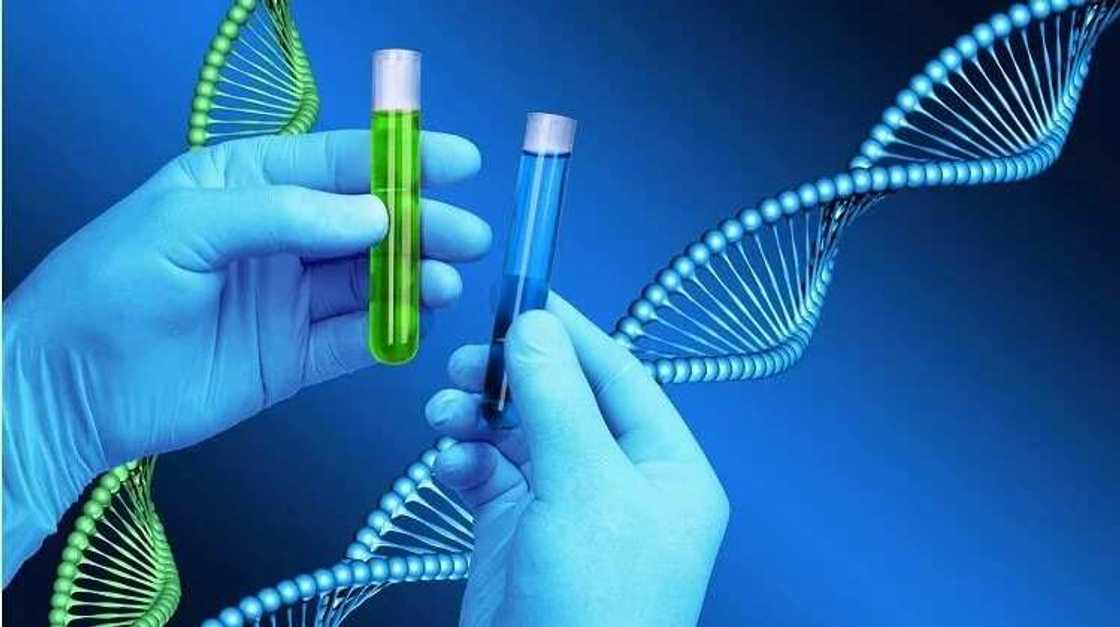
If you would like to know your genotype and blood group you can also visit a specific medical center in your city.
READ ALSO: Best countries to live
Source: Legit.ng









